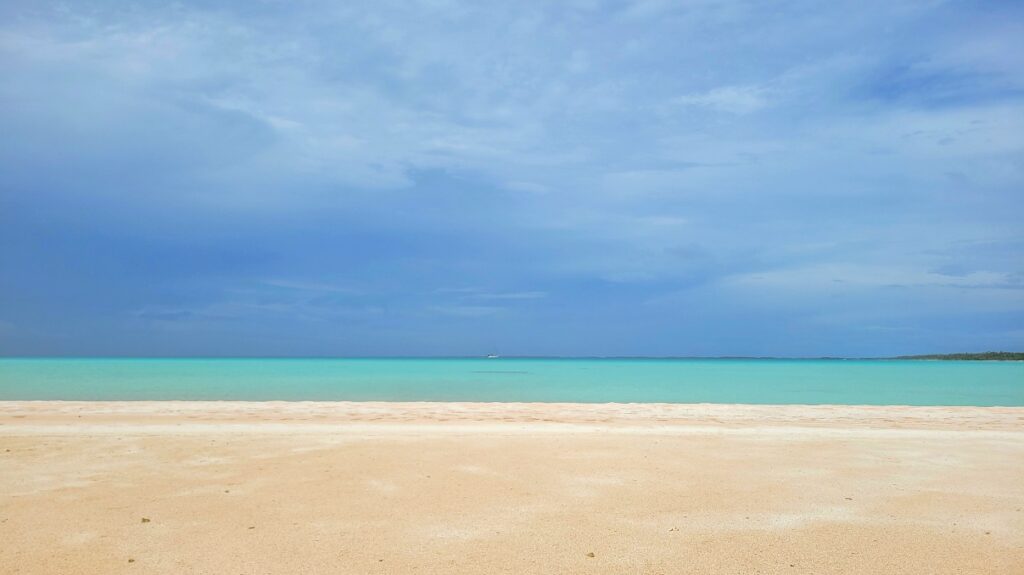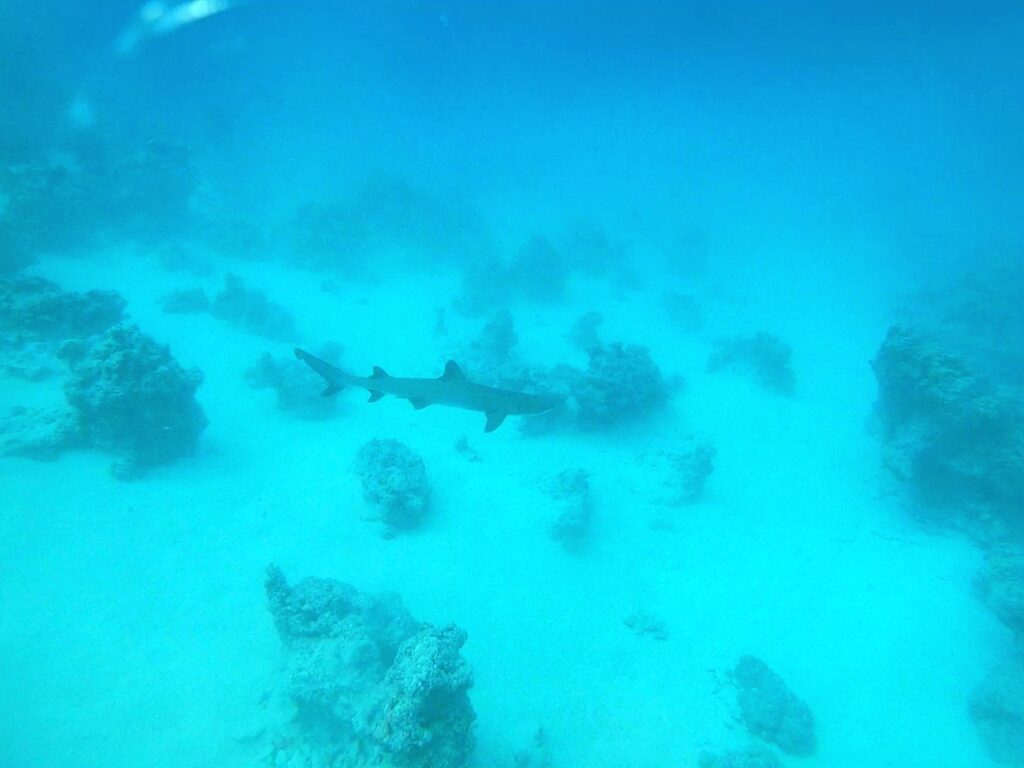French Polynesia covers a vast area in the South Pacific with 5 island groups spreading over more than 2000 kilometers. People often compare it to the size of Europe. Unlike the wide diversity of land animals in Colombia and Panama, French Polynesia has only a few and they’re primarily domesticated. The real action is in the water. In our year there, we had amazing marine encounters in French Polynesia. This post features our best videos and tips of where to spot marine life from The Marquesas to the Society Islands.
Fun with Marine Animals
One of the highlights of living on a sailboat traveling around the world is getting up close with marine animals. After over four years on board, spotting these animals in their natural habitat still gives us a thrill! Turtles, sharks, and dolphins have been regular sights since the beginning, and rays and whales are more common since we’ve hit the Pacific. The South Pacific, so far, seems more untouched than much of the Caribbean. We love spotting marine life in French Polynesia just as much as everywhere else and here are some highlights.
Continue reading “Marine Encounters in French Polynesia”





